Pharmacology for Translators and Interpreters (II Edition)
Pharmaceuticals account for one of the largest sectors in the translation and localization market, and no wonder.
Translators encounter pharmacological content in the following projects:
Course and coach description
Introduction & Dosing
Session 1. Introduction
1.1 What
is pharmacology, pharmacodynamics, pharmacokinetics
1.2 Basic
terms
1.3 Classifications
of drug products
1.4 Life cycle
of a drug product
Session 2. Dosing
2.1 Dosage
forms
2.2 Methods
of administration
2.3 Dose, dosage,
dosing regimen, types of doses
Pharmacokinetics & bioequivalence
Session 3. Absorption
3.1 Absorption mechanisms
3.2 Routes
of administration
3.3 Bioavailability
3.4 Pharmacokinetic
drug-drug interactions
Session 4. Distribution
4.1 Terms and definitions
4.2 Depot
4.3 Protein binding
4.4 Distribution models
Session 5. Metabolism
5.1 Types
of biotransformation
5.2 Phases of metabolism
5.3 Liver enzymes
5.4 Rates of metabolism
5.5 Prodrugs
5.5 Prodrugs
Session 6. Excretion
6.1 Excretion
vs. elimination
6.2 Mechanisms
6.3 Clearance
Session 7. Bioequivalence
7.1 Pharmacokinetic profile
7.2 Types of equivalence
7.3 Bioequivalence studies & regulations
Pharmacodynamics
Session 8
8.1 Mechanism
of action
8.2 Pharmacological
effects
8.3 Pharmacodynamic
drug-drug interactions
8.4 Dose-effect
curves
Session 9. Toxicity and safety
9.1 Types of toxicity
9.2 Safety
profile
9.3 Special
groups of patients
Translating SmPC and PIL: challenges, typical mistakes, and resources
Session 10
10.1 SmPC
10.2 PIL
10.3 Regulations
10.4 Multilingual resources
10.2 PIL
10.3 Regulations
10.4 Multilingual resources
Meet
Ekaterina Chashnikova
Ekaterina is a medical translator for the combination English-Russian and a medical writer.
At the 4th year of pharmacy school, she started translating medical publications to earn some money and fell in love with translation. She later studied linguistics and translation in a 2-year university program for specialized translators.
She worked for 2,5 years as a project manager in translation agencies and became a freelancer by the end of 2010. She currently works as a writer in a medical communications agency and as a translator for pharmaceutical companies and translation agencies.
Ekaterina moderated a medical writing track at a ChatGPT hackathon in April 2023 and continues to explore and find practical uses of LLMs.
Over the years, she spoke at translation conferences and kept a blog about medical and pharmaceutical translation. She continues sharing her knowledge and expertise and is building a community of medical translators and writers around mymedpharm.info, a hub of internet resources and knowledge.
Last but not least, Ekaterina does volunteer translations and revisions for “Future actually”.
At the 4th year of pharmacy school, she started translating medical publications to earn some money and fell in love with translation. She later studied linguistics and translation in a 2-year university program for specialized translators.
She worked for 2,5 years as a project manager in translation agencies and became a freelancer by the end of 2010. She currently works as a writer in a medical communications agency and as a translator for pharmaceutical companies and translation agencies.
Ekaterina moderated a medical writing track at a ChatGPT hackathon in April 2023 and continues to explore and find practical uses of LLMs.
Over the years, she spoke at translation conferences and kept a blog about medical and pharmaceutical translation. She continues sharing her knowledge and expertise and is building a community of medical translators and writers around mymedpharm.info, a hub of internet resources and knowledge.
Last but not least, Ekaterina does volunteer translations and revisions for “Future actually”.





